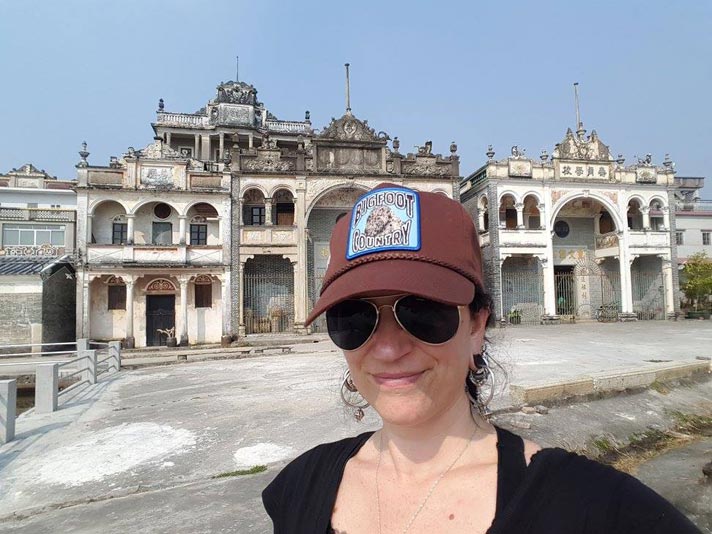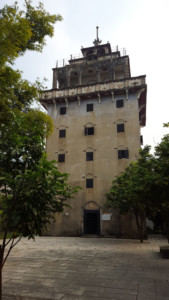Digging Jacksonville – February 2017
I just returned from a wonderful month in Southern China’s Guangdong Province—the ancestral homeland of the Overseas Chinese. While there, I was able to spend time in the home villages of the thousands of individuals and families that came to the United States in the nineteenth and early twentieth century to mine for gold, build railroads, and work in the canneries, amongst other occupations. Chinese immigrants made a large contribution to the infrastructure of the American West, (the railroad turned out to be a pretty big deal) but what is often overlooked in the history books, is the impact these migrants had on their families and communities back home.
Remittances from Chinese living in Oregon and other places on the west coast not only improved daily lives for family members in China, but also built libraries, ancestral halls, and other critical village resources. One of the most interesting legacies of the overseas migrations, (which also included Australia, Canada, and Southeast Asia) are the “diaolou.” These reinforced concrete towers were built to protect the villages made wealthy by workers abroad from bandits. Over time, the buildings evolved from watchtowers to fortified mansions, each a unique blend of eastern and western architectural influences.
Greater economic opportunities in cities has added to the de-population in these rural villages throughout the twentieth century. However, the majority of the homes remain in the family of those who built them. These grand buildings largely sit empty, serve as storage, or have been fixed-up as heritage sites for tourists or the interested public. Recently, there have been coordinated efforts to preserve and interpret this rich heritage, and now several villages have been recognized by UNESCO for their outstanding universal value —you can visit the Kaping Diaolou and Villages. (For more information, please see: http://whc.unesco.org/en/list/1112).




 Chelsea Rose is an historical archaeologist who specializes in the settlement and development of the American West. Chelsea and the Southern Oregon University Laboratory of Anthropology (SOULA) conduct archaeology across Oregon and have done several projects in Jacksonville. You can reach Chelsea at rosec@sou.edu and follow SOULA on
Chelsea Rose is an historical archaeologist who specializes in the settlement and development of the American West. Chelsea and the Southern Oregon University Laboratory of Anthropology (SOULA) conduct archaeology across Oregon and have done several projects in Jacksonville. You can reach Chelsea at rosec@sou.edu and follow SOULA on